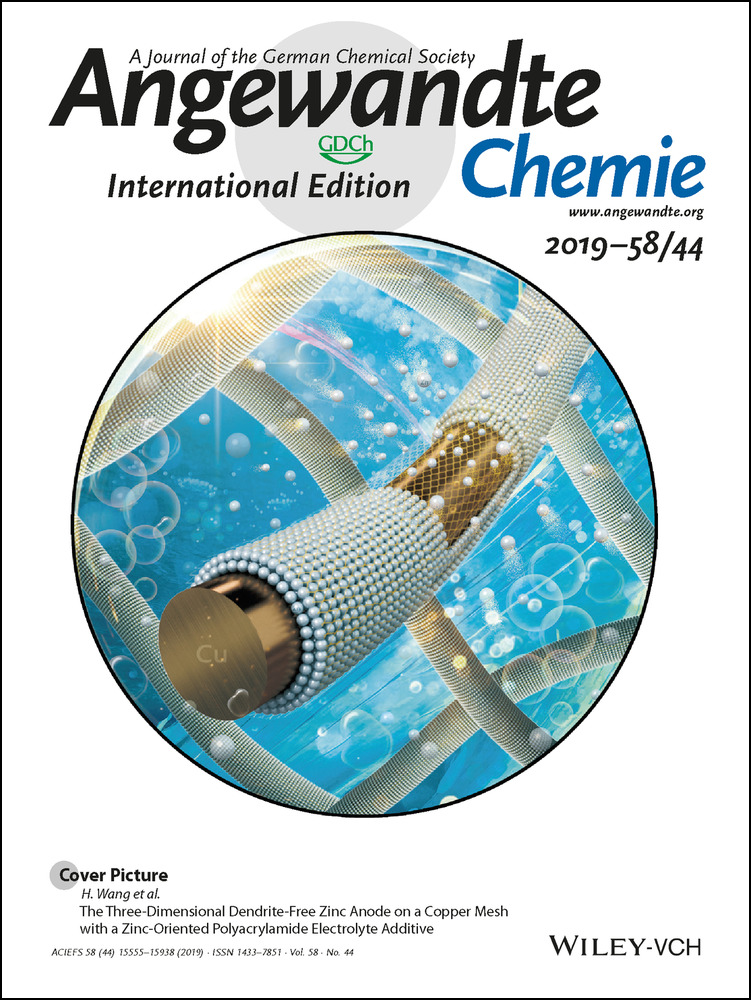A Short and Efficient Synthesis of the [3]Triangulene Ring System
Graphical Abstract
Abstract
Triangulenes are of current interest for potential applications in molecular electronics. We describe here a three step synthesis of the 4,8,12-trihydro[3]triangulenium cation by cascade cyclization of a tetra-benzyl alcohol precursor in triflic acid solution. This stable carbocation is easily observed by NMR and optical spectroscopy and is highly fluorescent. Quenching of the cation into basic solutions or by hydride transfer from triethylsilane provides access to stable dihydro and tetrahydro[3]triangulenes. These neutral species interconvert with cations in a complex series of proton and hydride transfers. This route provides several important [3]triangulene precursors. Preliminary experiments designed to generate [3]triangulene in the solution phase provide evidence for its formation and rapid oligomerization.





